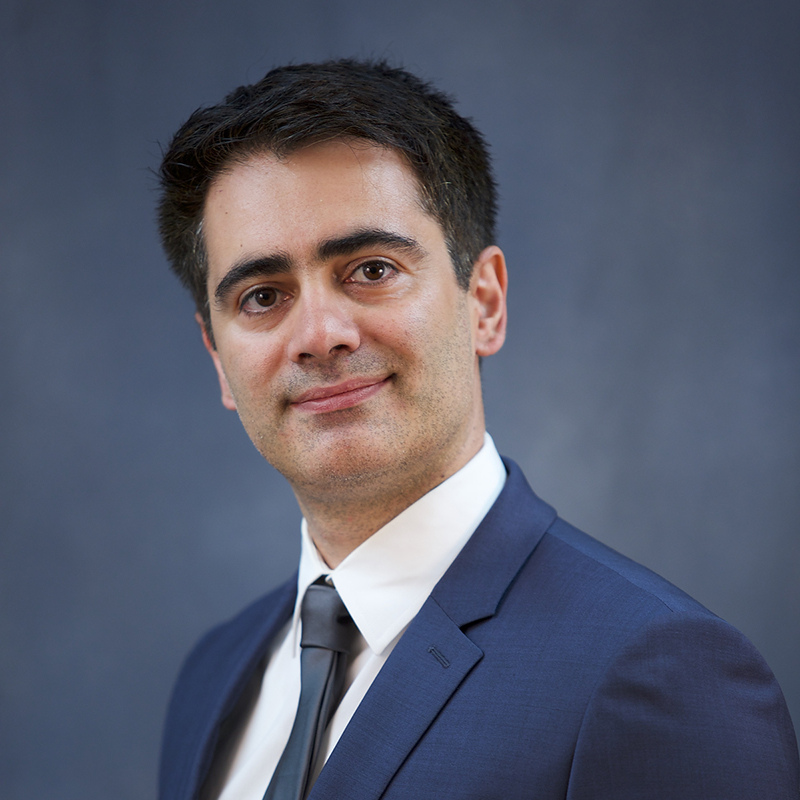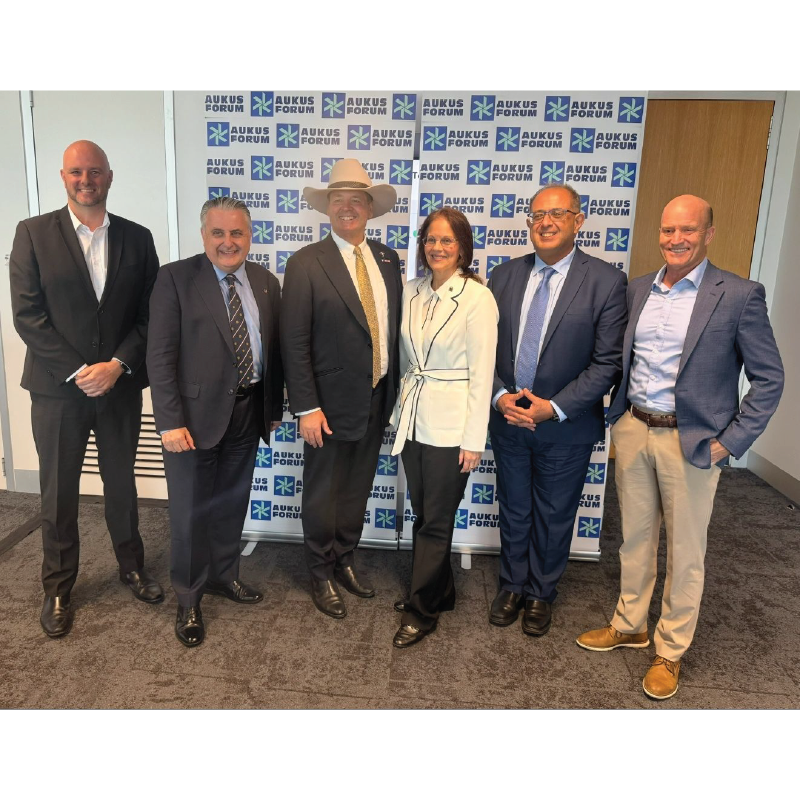News Story
Alumnus Iyer Earns Tenure at Texas Tech

Dr. Ram V. Iyer
Iyer earned his Ph.D in electrical engineering in 1999, advised by Professor P.S. Krishnaprasad (ECE/ISR). He then worked first as a postdoctoral researcher with Krishnaprasad until August 2000. From there Iyer worked at AFRL, Wright-Patterson AFB until August 2001. He joined Texas Tech in the fall of 2001 as an Assistant Professor.
Iyer's research interests are in systems and control theory in the context of Aerospace and Smart Structures. In the aerospace context, he is interested in studying problems related to hypersonics and unmanned air vehicles (UAVs). In smart structures, he is interested in the modeling and control of actuators that are based on smart materials. In his earlier work, he showed that models for these actuators have a rate-independent component that arises due to hysteresis losses which is not found in the classical models studied in systems and control theory. His goals include understanding this new class of systems, and developing systems and control theory for their use in aerospace and biomechanics applications.
His work in approximate inverses for hysteresis operators has found applications in areas such as control of magnetostrictive and piezoelectric actuators. Recently, he has worked on system identification and control problems for rate-independent operators coupled with differential equations. He also is interested in the general theory of hysteresis operators.
Iyer also develops abort trajectory design fast algorithms for hypersonic vehicles that can be implemented online in real time. In addition, he develops numerical methods for solving the first-order necessary conditions for optimal control, while using frame co-ordinates. Another set of problems he has studied in this area are the control allocation problems, wherein moments computed by a controller are assigned to various effectors, and the engine while respecting their bandwidths and rate, position limits.
In unmanned air vehicles, he has worked on tour planning problems for a micro air vehicle and also on vision-based navigation. Recent work includes the development of the theory for a simple apposition eye type sensor for angular and linear velocity measurement. Such eyes are found in insects and crustaceans.
Published April 2, 2007









